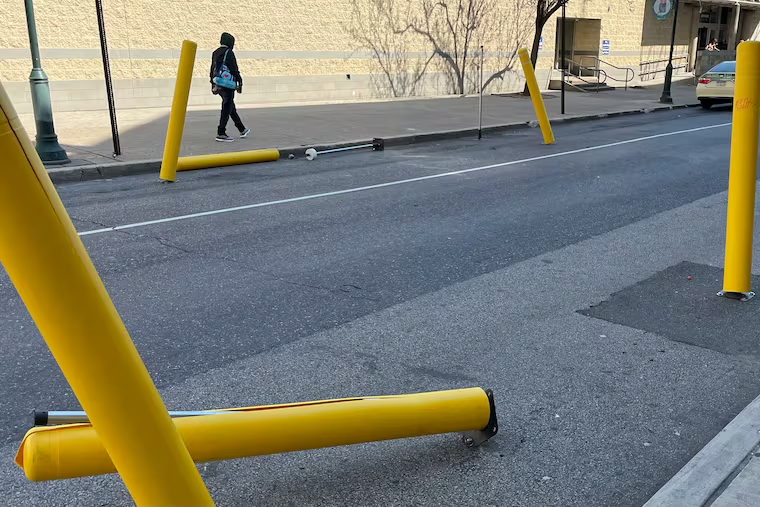Philly must get serious to prevent traffic deaths | Editorial
Despite taking a Vision Zero pledge to reduce traffic deaths to zero by 2030, more than 120 people died on city streets last year as Philadelphia is slow to implement safety measures.

Despite taking a Vision Zero pledge to reduce traffic deaths to zero by 2030, more than 120 people died on city streets last year as Philadelphia is slow to implement safety measures.
